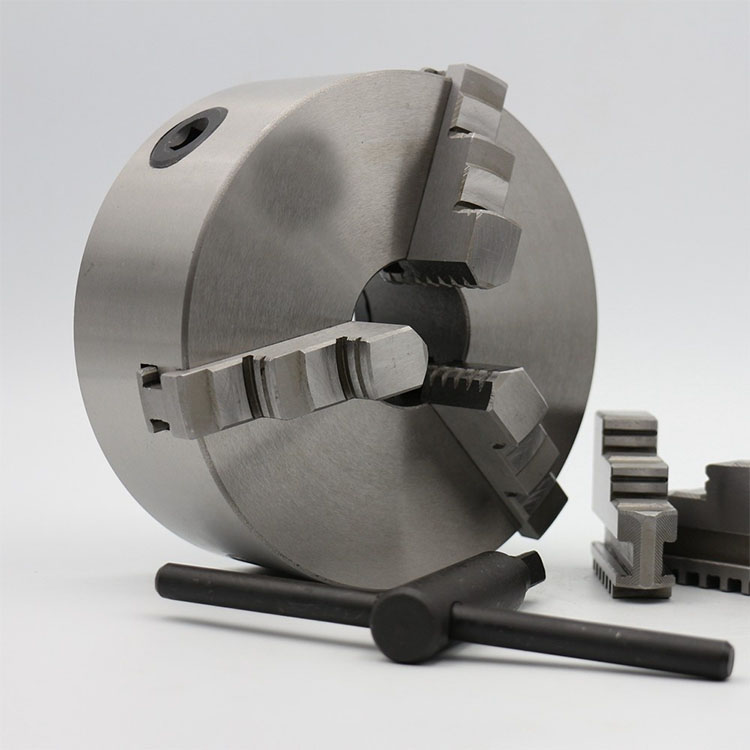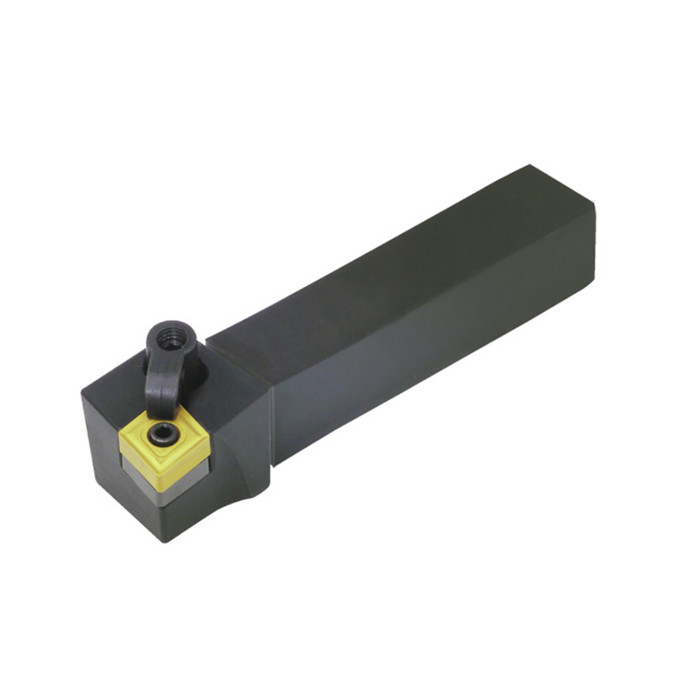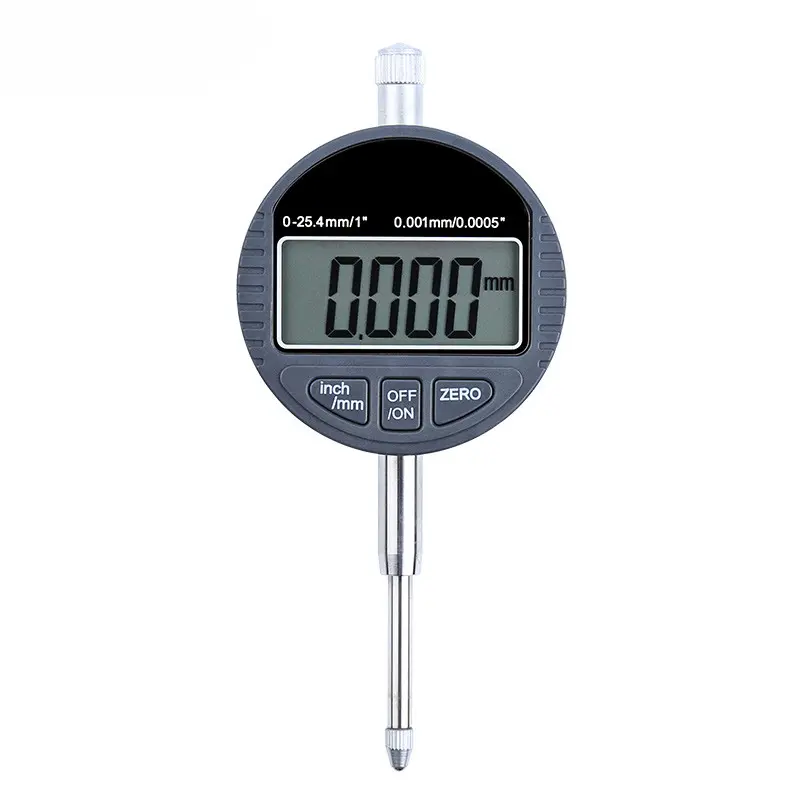Indexable Boring Bar Supplier
Finding a reliable indexable boring bar supplier can be challenging. This guide helps you navigate the market by outlining key factors to consider when choosing a supplier, understanding different types of boring bars, and exploring the benefits of indexable inserts for efficient machining.
Understanding Indexable Boring Bars
Before searching for a supplier, it's crucial to understand what an indexable boring bar is and its applications.
What is an Indexable Boring Bar?
An indexable boring bar is a cutting tool used to enlarge or finish holes in metalworking. Unlike traditional boring bars, it utilizes replaceable cutting inserts (indexes) made of materials like carbide or ceramic. These inserts are clamped onto the bar, offering high precision and extended tool life.
Applications of Indexable Boring Bars
Indexable boring bars are widely used in various industries, including:
- Automotive manufacturing
- Aerospace engineering
- Oil and gas industry
- General machining
They are ideal for creating precise bores in components such as engine blocks, valve bodies, and hydraulic cylinders. Using the correct indexable boring bar can vastly improve precision and speed up the machining process.
Key Factors to Consider When Choosing an Indexable Boring Bar Supplier
Selecting the right supplier is essential for obtaining high-quality indexable boring bars that meet your specific needs. Here's what to look for:
Product Quality and Range
A reputable supplier should offer a wide range of indexable boring bars made from durable materials and manufactured to exacting standards. Look for options in different sizes, shank types (e.g., cylindrical, VDI), and insert geometries to suit various machining tasks. Ensure they have a wide range of indexable boring bar options, like those offered by Wayleading Tools, to meet your specific requirements.
Insert Availability and Compatibility
Indexable boring bars rely on replaceable inserts. A good supplier should offer a comprehensive selection of inserts with different coatings, grades, and chipbreaker designs. The inserts must be compatible with the boring bar you choose. Check if the supplier offers inserts from reputable brands, ensuring high performance and longevity. Consider insert geometry, material grade and coating to suit your specific machining task.
Technical Support and Expertise
The supplier should provide technical support to assist you in selecting the appropriate indexable boring bar and inserts for your application. They should also offer guidance on proper tool usage and maintenance to maximize tool life and performance. Look for suppliers with experienced technical teams who can answer your questions and offer solutions. Suppliers like Wayleading Tools offer comprehensive technical support to guide you in selecting the right tools.
Pricing and Lead Times
Compare pricing from different suppliers, but prioritize value over the lowest price. Factor in the quality of the products, the level of technical support, and the supplier's reputation. Also, consider lead times for order fulfillment. A reliable supplier should have efficient logistics and deliver your indexable boring bars promptly. It's beneficial to establish a relationship with a supplier who consistently provides tools on time, as delays can seriously hinder production.
Reputation and Reviews
Check online reviews and testimonials from other customers to gauge the supplier's reputation. Look for feedback on product quality, customer service, and overall satisfaction. Positive reviews and long-standing relationships with customers are indicators of a reliable and trustworthy supplier. Ask for case studies or references to confirm their capabilities.
Types of Indexable Boring Bars
Indexable boring bars come in various designs to suit different applications. Here are some common types:
Standard Indexable Boring Bars
These are general-purpose boring bars suitable for a wide range of machining operations. They typically have a straight shank and accept standard indexable inserts.
Anti-Vibration Indexable Boring Bars
These bars are designed to minimize vibration during machining, allowing for higher cutting speeds and improved surface finishes. They often feature a dampened design to absorb vibrations.
Modular Indexable Boring Bars
Modular bars consist of a basic shank and interchangeable cutting heads. This allows you to adapt the tool to different bore sizes and machining requirements. They offer flexibility and cost-effectiveness.
Benefits of Using Indexable Boring Bars
Indexable boring bars offer several advantages over traditional boring bars:
Increased Tool Life
Replaceable inserts extend the tool's life as you only replace the worn cutting edge, not the entire tool.
Improved Precision
Inserts are manufactured to precise tolerances, ensuring accurate bore sizes and surface finishes.
Faster Machining Speeds
High-performance inserts allow for higher cutting speeds and feed rates, reducing cycle times.
Reduced Downtime
Insert changes are quick and easy, minimizing machine downtime.
Choosing the Right Inserts
The selection of the correct insert is key to optimizing the performance of your indexable boring bar.
Material Grade
Inserts are available in various material grades, including carbide, ceramic, and cermet. Choose a grade that is suitable for the material you are machining. Cemented carbide is a common choice for steel and cast iron, offering a great balance between toughness and hardness.
Coating
Coatings, such as titanium nitride (TiN) or titanium aluminum nitride (TiAlN), improve wear resistance and reduce friction. Choose a coating that is appropriate for the material and cutting conditions.
Geometry
Insert geometry affects chip formation and cutting forces. Select a geometry that provides optimal performance for your specific application. A positive rake angle typically requires less power but is more susceptible to chipping. A negative rake is more robust, but demands more power.
Conclusion
Selecting the right indexable boring bar supplier is crucial for efficient and accurate machining operations. By considering factors such as product quality, insert availability, technical support, pricing, and reputation, you can find a supplier that meets your specific needs. Remember to choose inserts that are appropriate for the material and cutting conditions. Explore the range of indexable boring bars from reliable suppliers to optimize your machining processes and achieve superior results.
Related products
Related products
Best selling products
Best selling products-
 Partial profile 55° Threading Insert With ER & IR Type
Partial profile 55° Threading Insert With ER & IR Type -
 HSS Metric 4 Flute End Mills With Bright Or TiN And TiAlN Coated
HSS Metric 4 Flute End Mills With Bright Or TiN And TiAlN Coated -
 Type N Inverted Cone Tungsten Carbide Rotary Burr
Type N Inverted Cone Tungsten Carbide Rotary Burr -
 Straight Shank ER Collet Chuck Holders With Extending Rod
Straight Shank ER Collet Chuck Holders With Extending Rod -
 K11 Series 3 Jaw Self Centering Chucks For Lathe Machine
K11 Series 3 Jaw Self Centering Chucks For Lathe Machine -
 Indexable Spade Drill Holder With Helical Flute Holder And Taper Shank
Indexable Spade Drill Holder With Helical Flute Holder And Taper Shank -
 MCLN Indexable Turning Tool Holder With Right And Left Hand
MCLN Indexable Turning Tool Holder With Right And Left Hand -
 HSS Metric & Inch T Slot End Mill For Industrial
HSS Metric & Inch T Slot End Mill For Industrial -
 Precision Magnetic Base With Fine Adjustment For Dial Indicator
Precision Magnetic Base With Fine Adjustment For Dial Indicator -
 Precision Dial Indicator Gage For Industrial With Jeweled
Precision Dial Indicator Gage For Industrial With Jeweled -
 HSS Inch Convex Milling Cutter For Industrial
HSS Inch Convex Milling Cutter For Industrial -
 Depth Vernier Gauge With Stainless Steel And Monoblock Depth Type
Depth Vernier Gauge With Stainless Steel And Monoblock Depth Type










